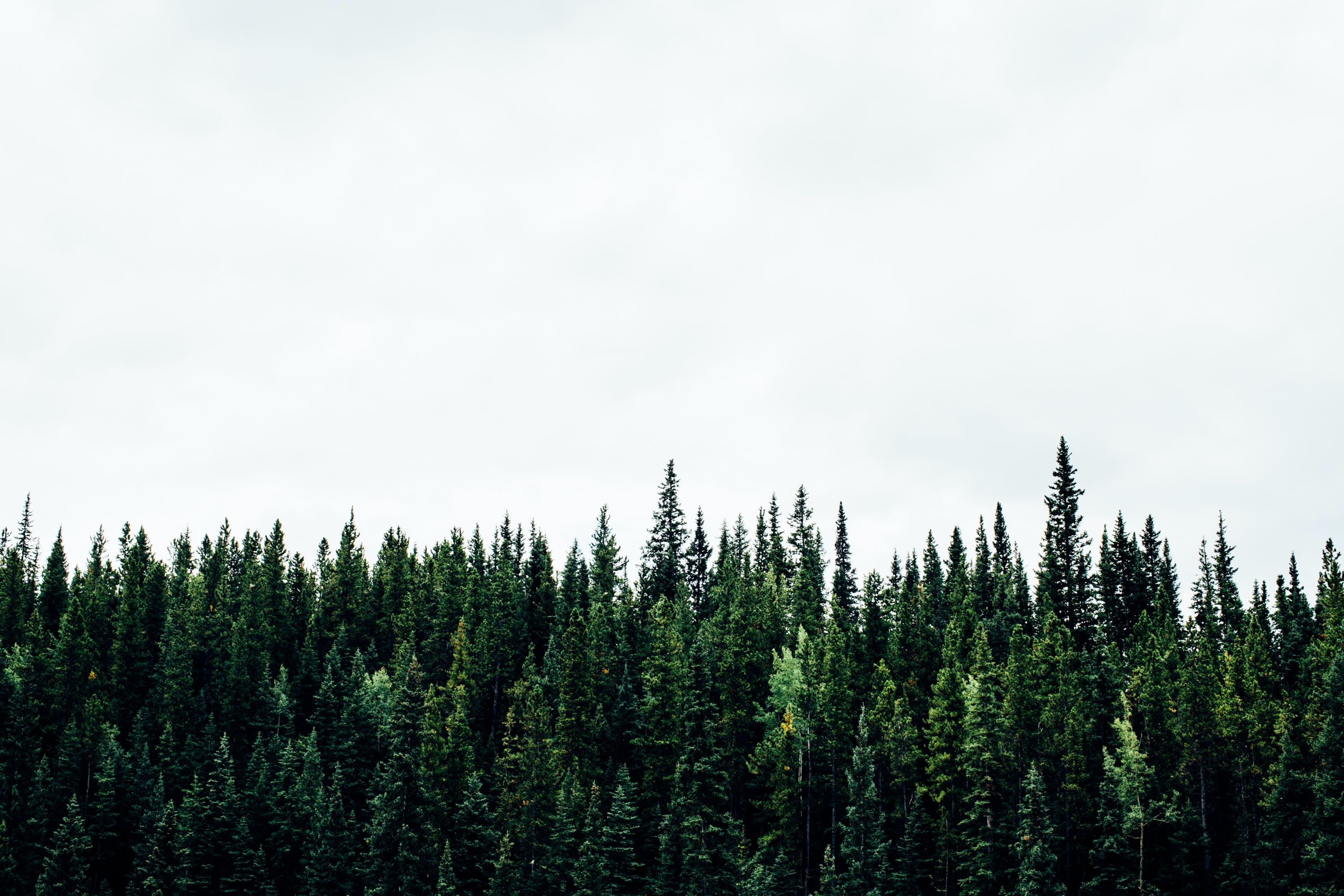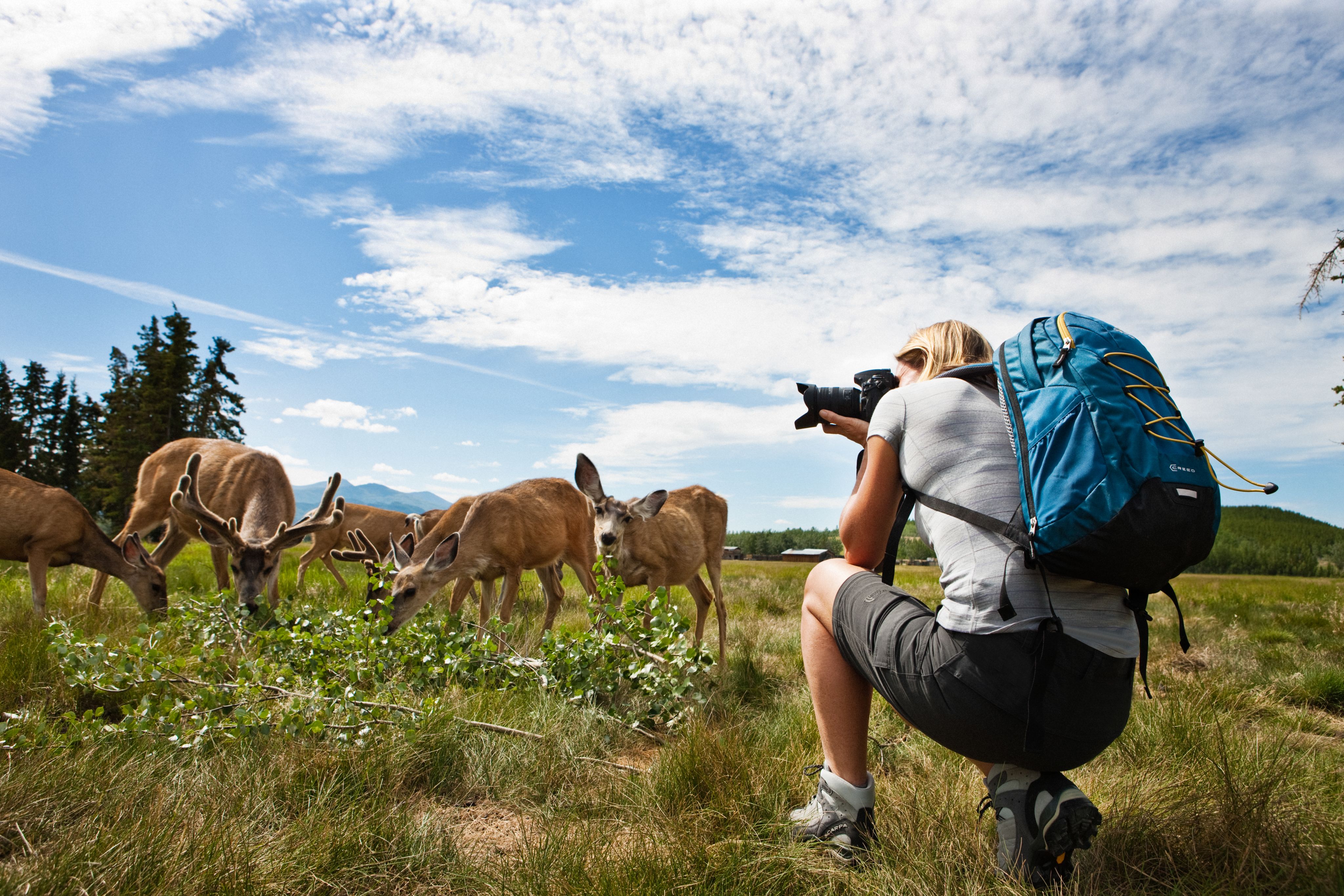Northern Wild
Yukon's wildlife preserve is home to some of the north's most iconic species
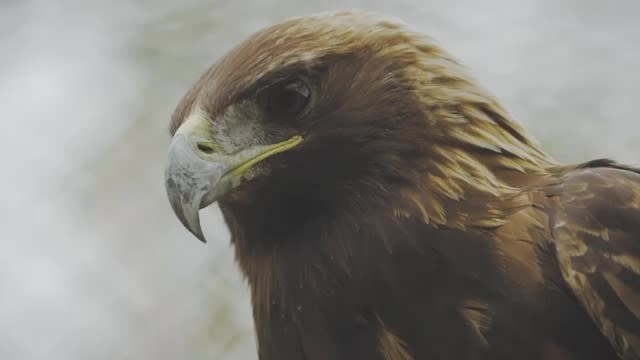
A road winds through the Yukon Wildlife Preserve, tracing a 5-kilometre double loop in the rough shape of a figure 8. It passes by wetlands, grassy meadows and rocky cliffs.
Bison graze in the distance, their hulking forms just visible on the horizon. Nearby, a moose moves through the reeds, pausing to lift its head from the water.
The 700-acre property that houses the Yukon Wildlife Preserve is about the same size as the Toronto Zoo. But unlike Canada's largest zoo, which contains 5,000 animals representing nearly 500 species, there are only 12 species that live in this mostly untouched parcel of wild land – all of them native to Canada's north.
"What makes this site so special is that we've got all these different ecosystems jammed into one spot," says Jake Paleczny, the Executive Director of the preserve.
"We have a 300-foot high, almost kilometre-long, cliff where the mountain goats live. There's a 40-acre wetland habitat for moose. Then below that, it turns into this kind of grassy open area, and that's where the bison are. So we have these animals in habitats that are natural to them."
The parcel of land was purchased in 1967 by Danny and Uli Nowlan, who turned it into a private game reserve. The Nowlans bred falcons and northern herbivores, but they also raised and rehabilitated orphaned wildlife. In 1989, the property was rebranded as the Yukon Wildlife Preserve and continued to be owned and operated by the Nowlan family until the Yukon government purchased it in 2002.
Today, the Yukon Wildlife Preserve operates as a not-for-profit with a mission to cultivate "reciprocal, respectful relationships between people and the natural world through accessible, impactful experiences with northern wildlife and landscapes".
Education, research and rehabilitation continue to be a big part of the preserve's mandate.
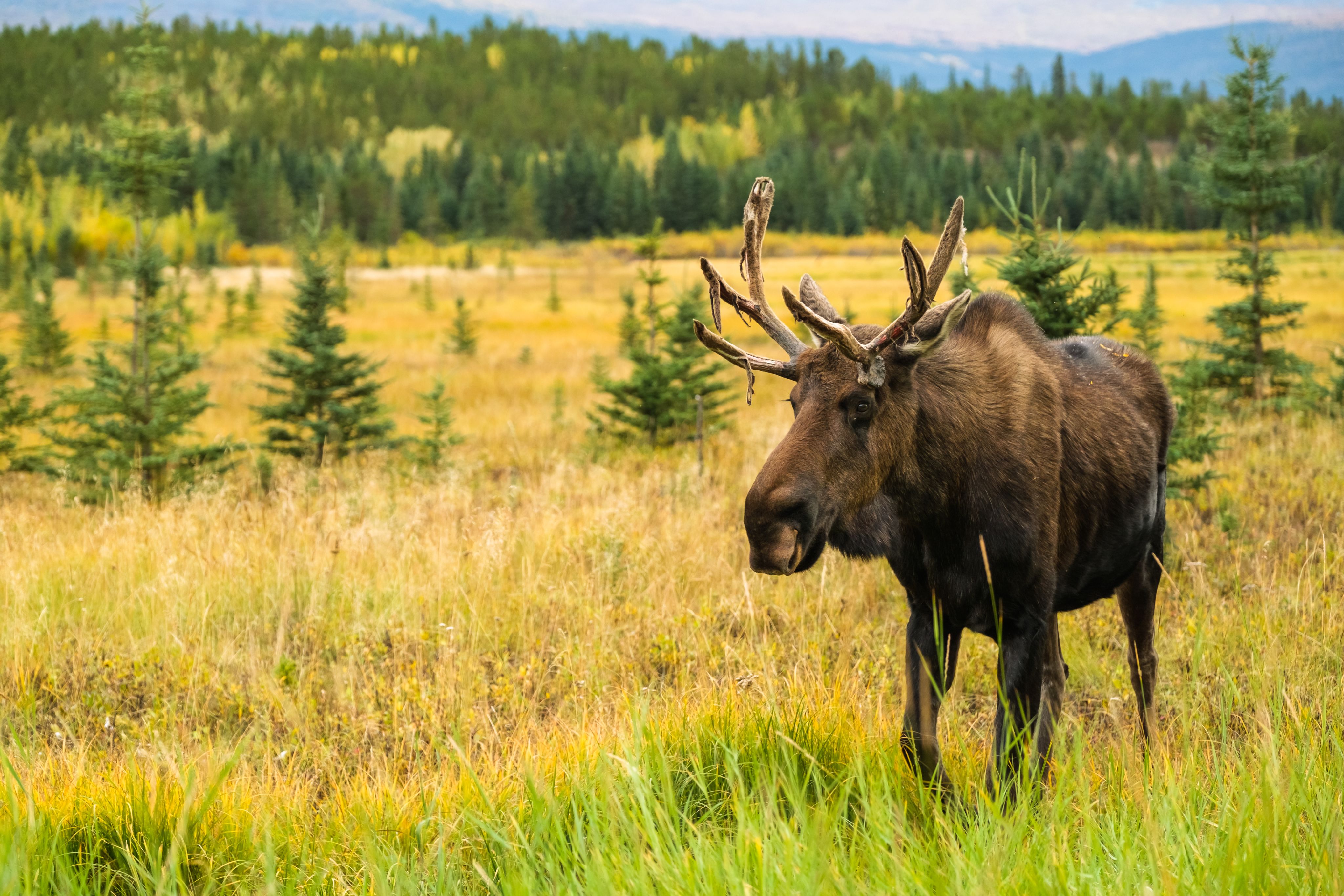
For most visitors to Canada's westernmost territory, the Yukon Wildlife Preserve, located about 30 minutes from Whitehorse, is the closest they will get to the spectacular northern wildlife that roam these vast lands.
Visitors can do a self-guided walk/cycle, hop on a bus tour or book one of the VIP experiences that gets them closer to the animals.
The 5-km loop takes visitors through areas that house 12 northern species: the Canada lynx, elk, moose, Arctic fox, mountain goat, mule deer, muskox, red fox, thinhorn sheep, wood bison, Arctic ground squirrel and woodland caribou.

As spring arrives in the territory, Jake says the staff are preparing for the birth of baby animals among the resident population.
"We are expecting a lot of babies this spring. Hopefully muskox and mule deer, and we will probably see some bison babies and hopefully caribou. Likely thinhorn sheep as well," he says.
Spring in Yukon is a busy time, as the amount of daylight each day increases before hitting its peak in late June.
It also brings a greater influx of wildlife in need of rehabilitation.
"This is when migration is in full swing," he says. "There is this massive rush of birds and animals moving in new spaces, with new hazards."
Animals who are successfully rehabilitated are released back into the wild whenever possible. On some occasions, wildlife can't be safely reintroduced. This happens when an animal arrives as a really young orphan and needs to be bottle-raised by staff.
Jake says that all the moose that are currently housed at the preserve came to them as orphans.
Do you name them, I ask.
"Most of our animals here don't have names, but when you're bottle raising a moose, they invariably end up with a name," Jake says. "And when you're bottle raising two moose at the same time, they definitely get names because 'moose number one' and 'moose number two' is not practical."
Jake says that a lot of people either view animals as biological machines or as a kind of Disney-fied version of the real thing — ascribing them either too many human emotions or not enough.
"The reality is somewhere in between," he says. "Animals do have emotion, they do have character, and while two moose may seem very similar, they will have very different personalities, but you've got to work pretty closely with them to really understand and see those traits."
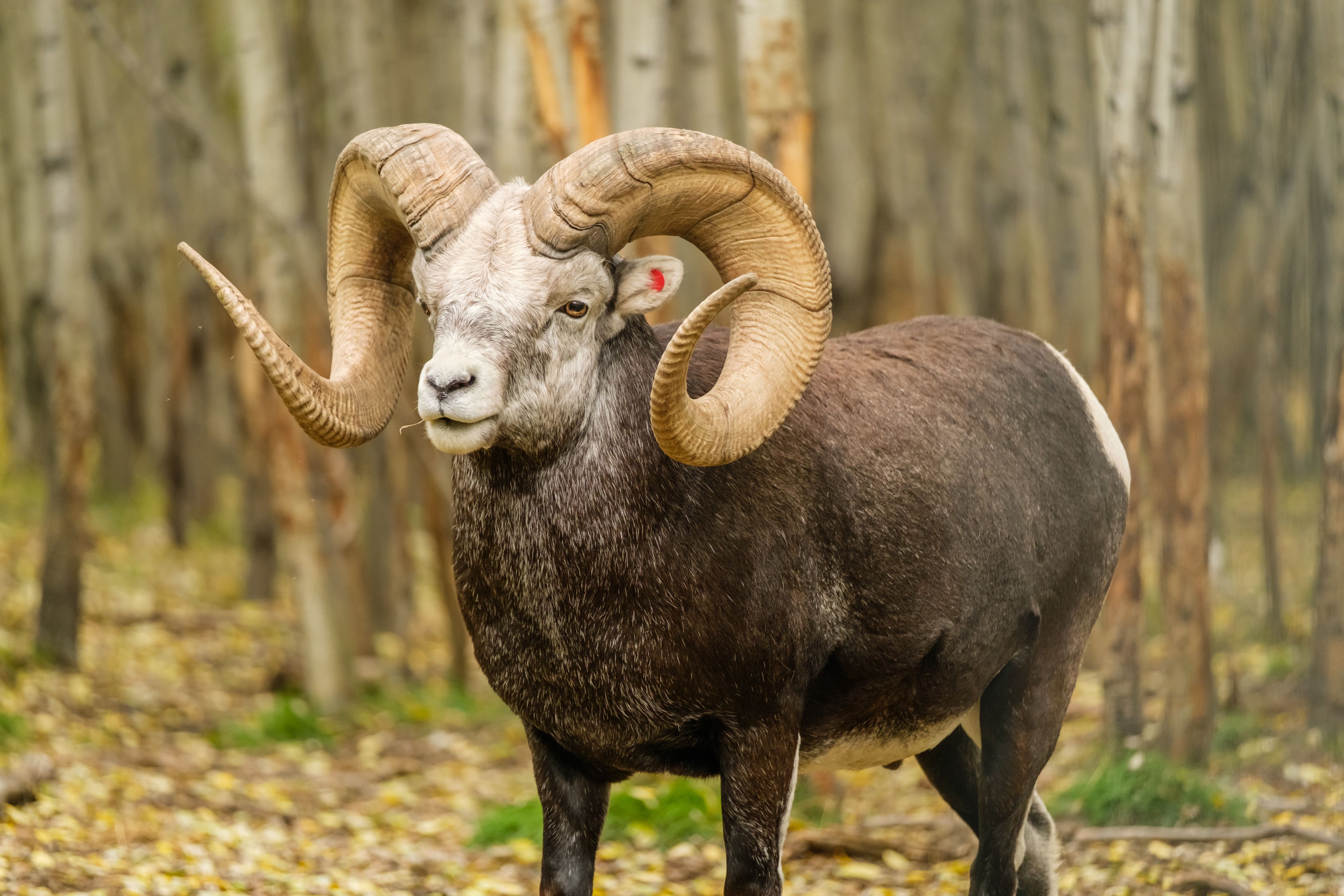
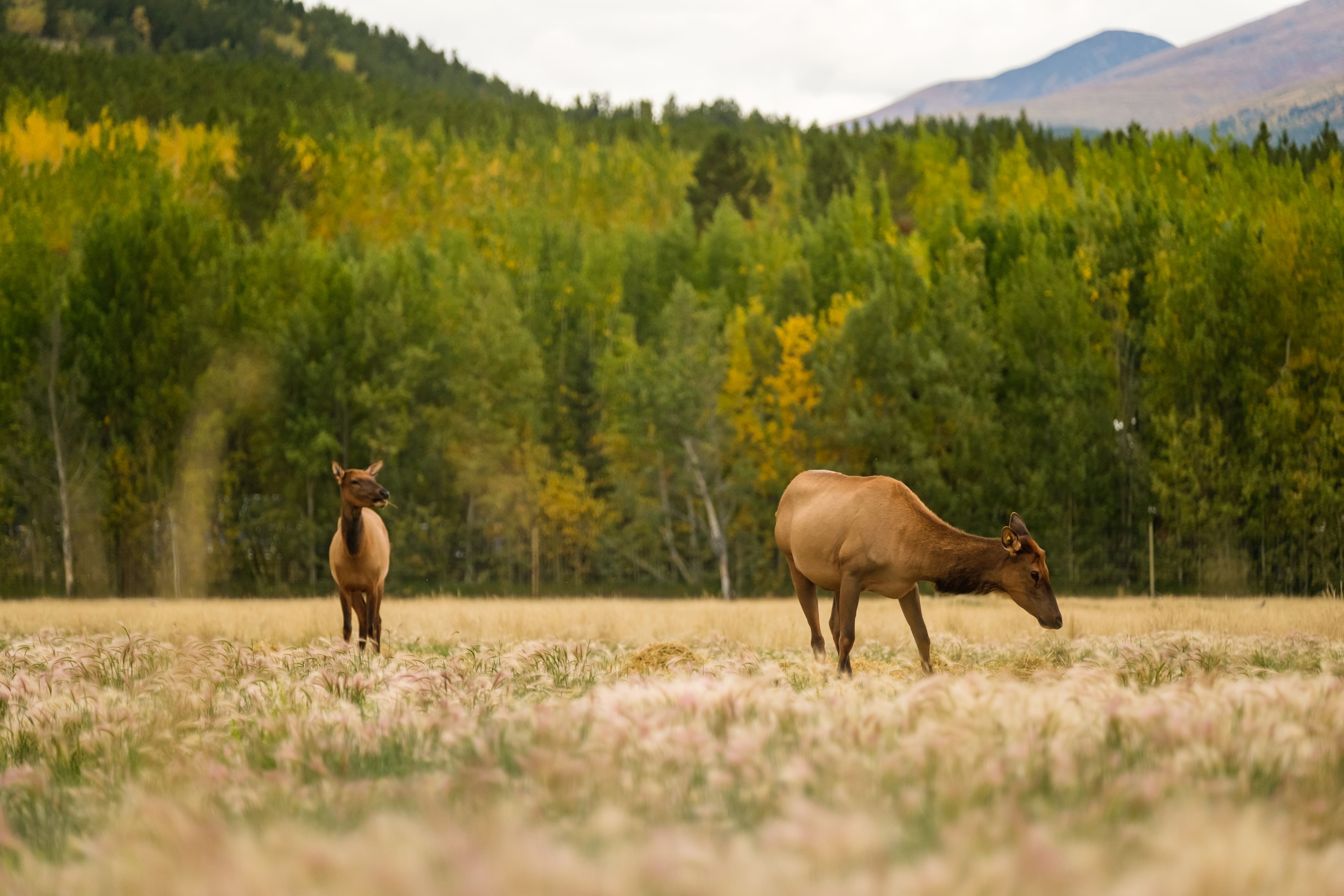
The wildlife preserve is open year-round to visitors, offering a unique experience each season as the animals adapt to their ever-changing environment.
Spring is a time of renewal, with new life awakening. In summer, with nearly constant sunlight, animals focus on growth—eating as much as possible, building up fat reserves, and growing out new fur coats or antlers. Fall marks the breeding season, a time of heightened energy and intensity.
"Animals are doing all kinds of ridiculous things to prove their attractiveness," says Jake.
But it’s in winter that these northern animals truly shine.
"In the winter, you kind of go, 'Oh, I see,'" Jake says. "In this eight-month winter we have here, you're not just surviving—you’re thriving. You are made for this environment."
Among these resilient creatures, one of Jake’s favourites to observe and learn from is the caribou, a species that has roamed these lands for 1.6 million years.
The world's oldest caribou fossil was found in the Yukon. For a glimpse into their ancient past, visit the Yukon Beringia Interpretive Centre in Whitehorse.
Every part of the caribou's body is adapted for the northern climate, Jake says. From their thick, heavy noses that warm the air up as they breathe to their big hooves that are great for digging through snow to get at food.
"The depth of the relationship that caribou have with this environment is incredible," Jake adds.
The Yukon Wildlife Preserve offers a rare chance to step into the rhythms of the natural world. Here, wildlife moves at its own pace, allowing visitors to observe and gain a better understanding of the connection between people and the wild.
The preserve stands as a reminder of the landscapes and creatures that define the North — and the responsibility that comes with sharing that space.

Canada. Crafted by Canadians.
